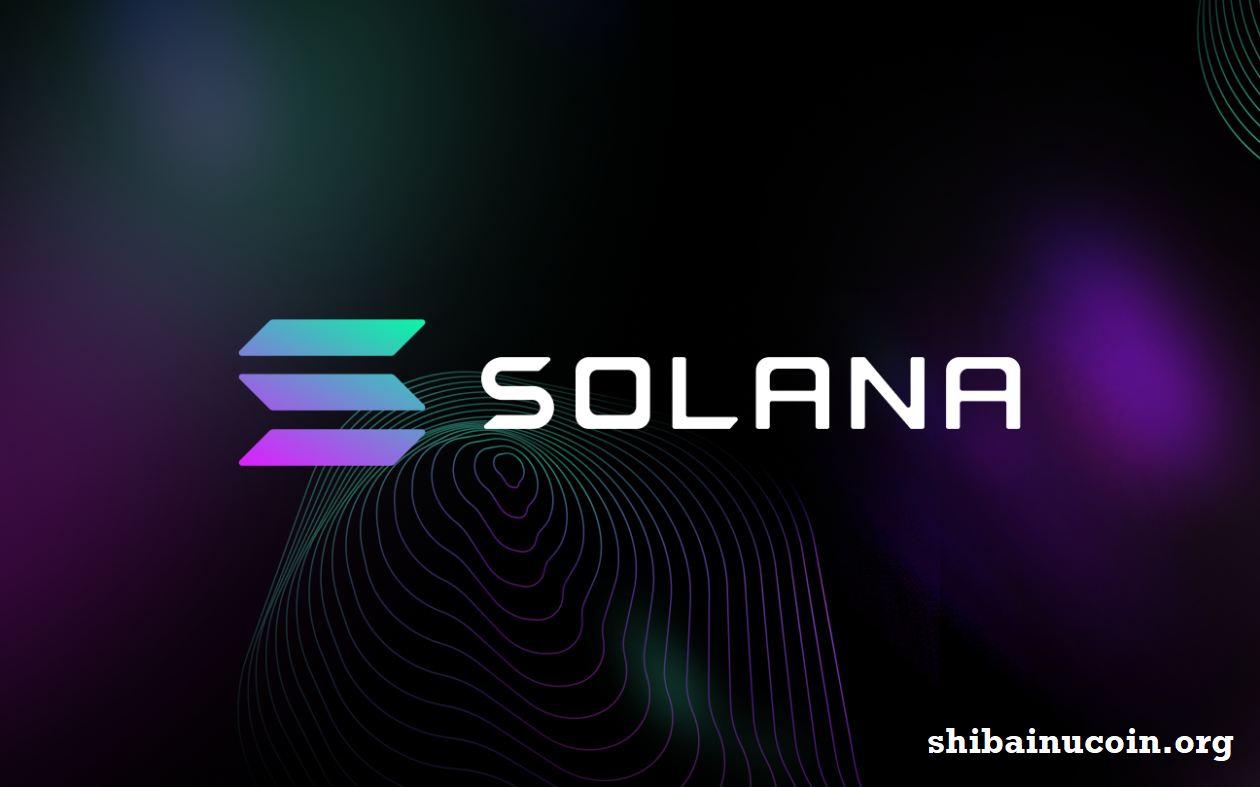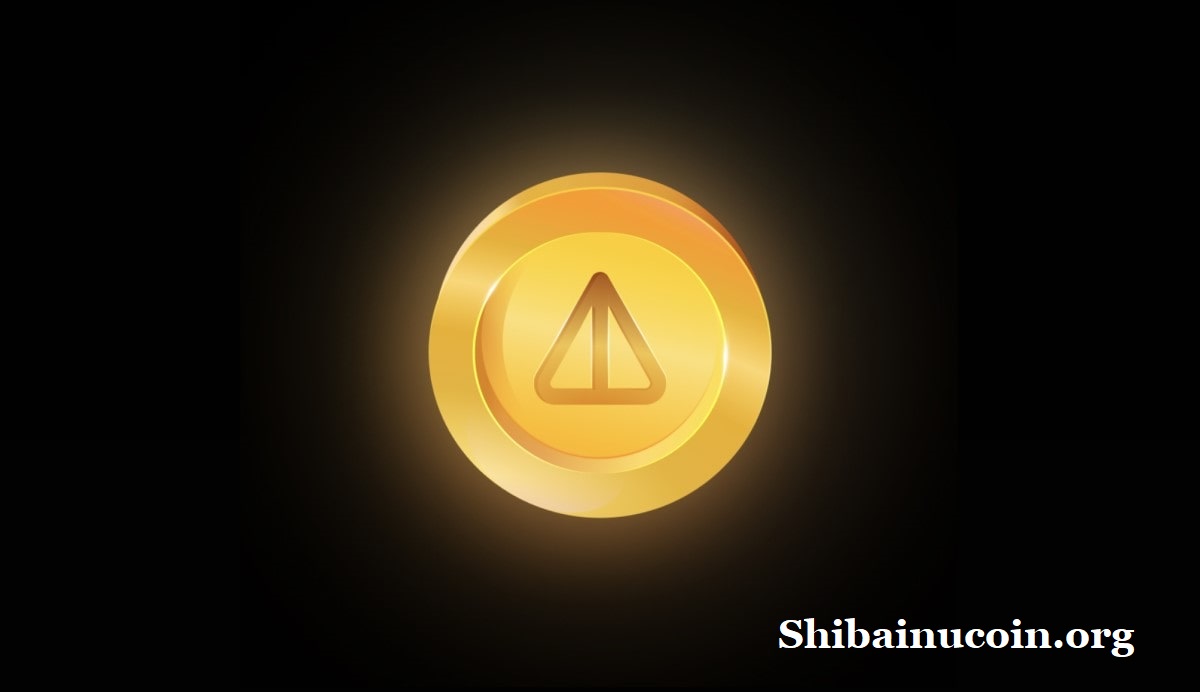Solana (SOL) is a high-performance blockchain designed to support decentralized applications (DApps) and decentralized finance (DeFi) with unmatched scalability and speed. Often compared to Ethereum due to its DApp and smart contract functionality, Solana has gained a reputation for being one of the fastest and most efficient blockchains available. This guide delves into Solana’s architecture, functionality, and its significance in the ever-growing blockchain landscape.
What Is Solana? An Overview
Solana is a layer-1 blockchain protocol created to achieve high throughput and low transaction costs. Launched in 2020 by Anatoly Yakovenko and a team of experienced engineers, Solana was designed to solve the scaling issues that have long plagued traditional blockchains like Bitcoin and Ethereum. The network is capable of processing over 65,000 transactions per second (TPS) with a remarkably low average transaction fee, making it ideal for applications that require fast transaction times and efficient scalability.
The network’s native token, SOL, is used to pay for transaction fees and provides users with the ability to participate in network governance and staking. Solana’s rapid rise in popularity stems from its unique architecture and commitment to solving scalability without compromising decentralization and security.
How Solana Works: Key Components
1. Proof of History (PoH)
Solana introduces a unique concept known as Proof of History (PoH), a cryptographic clock that timestamps and verifies the order of transactions before they are added to the blockchain. Unlike traditional Proof of Work (PoW) or Proof of Stake (PoS) models, PoH enables Solana to order transactions automatically, drastically reducing the time it takes to validate a block.
This mechanism enables Solana to achieve incredible speeds without the need for extensive computational power, making it energy-efficient and ideal for scalable applications.
2. Tower BFT
Solana utilizes a modified version of the Byzantine Fault Tolerance (BFT) protocol, known as Tower BFT. This consensus mechanism works in tandem with Proof of History to ensure that transactions are finalized quickly and accurately. Tower BFT allows validators to vote on blocks using historical records from PoH, further reducing the amount of communication and energy needed to secure the network.
3. Gulf Stream
The Gulf Stream protocol in Solana helps reduce block confirmation times by pushing transaction forwarding to the edge of the network. This mechanism enables Solana to process transactions even before they are fully validated, leading to higher throughput and enabling Solana to achieve high transaction speeds with minimal delay.
4. Sealevel
Solana’s Sealevel runtime allows for parallel transaction processing, setting it apart from blockchains that process transactions sequentially. With Sealevel, Solana can execute multiple smart contracts in parallel, maximizing resource utilization and enhancing scalability.
5. Turbine
The Turbine protocol is Solana’s solution for data propagation. This protocol splits data into small packets, making it easier to distribute across nodes. By dividing data, Turbine reduces network bandwidth requirements, ensuring that the system remains fast and scalable even as it grows.
6. Pipelining
Pipelining is a technique that allows Solana to optimize the process of transaction validation. Through pipelining, different stages of transaction processing—such as data fetching, signature verification, and writing—are handled concurrently, further boosting Solana’s performance.
Solana vs. Ethereum: What Sets Solana Apart?
While both Solana and Ethereum are platforms for decentralized applications, they differ significantly in terms of their technical architectures and goals:
- Speed and Scalability: Solana’s Proof of History enables it to process transactions much faster than Ethereum. While Ethereum processes around 15 TPS, Solana can handle tens of thousands of TPS, making it one of the fastest blockchains.
- Transaction Costs: Ethereum’s transaction fees fluctuate based on network congestion, which has led to notoriously high costs. Solana’s architecture allows for consistently low fees, making it more accessible for smaller transactions and micro-payments.
- Consensus Mechanism: Ethereum’s current model is transitioning from Proof of Work (PoW) to Proof of Stake (PoS), while Solana uses a unique combination of Proof of History and Tower BFT, enhancing both speed and security without heavy computational requirements.
The Role of Solana in Decentralized Finance (DeFi)
Solana has quickly become a prominent platform in the DeFi space, offering a high-speed, low-cost alternative to Ethereum. Solana’s scalability has attracted numerous developers and projects to build DeFi applications on its platform. From decentralized exchanges (DEXs) to lending and borrowing protocols, Solana provides an efficient ecosystem for a broad range of DeFi applications.
Popular DeFi Projects on Solana
- Serum: A decentralized exchange built on Solana, Serum leverages Solana’s speed to offer near-instantaneous trading with low fees.
- Raydium: A DeFi protocol that combines an automated market maker (AMM) with the central limit order book, making it one of the most advanced DEXs on Solana.
- Saber: A stablecoin exchange protocol that enables fast, low-cost stablecoin swaps.
Non-Fungible Tokens (NFTs) on Solana
The NFT market has found a new home on Solana due to its fast transaction speeds and low fees, making it more accessible to users compared to Ethereum. NFTs on Solana are typically created using the Metaplex protocol, which provides developers with a user-friendly toolkit to mint, auction, and trade NFTs. Solana-based NFT marketplaces like Solanart and Magic Eden have seen significant growth, offering a cost-effective solution for creators and collectors alike.
The Solana Ecosystem and Developer Community
Solana’s robust developer ecosystem and tools have made it easier for developers to create scalable and efficient applications. The platform’s commitment to open-source development has fostered a community that contributes to the network’s continuous improvement.
Some essential components of the Solana developer ecosystem include:
- Solana Beach: A block explorer for Solana that provides comprehensive data on transactions, validators, and tokens.
- Sollet: A non-custodial web wallet for storing and managing SOL and Solana-based tokens.
- Solana SDKs: Solana offers a variety of SDKs, including Rust and JavaScript, making it accessible for developers from different backgrounds.
Staking on Solana: How to Earn Rewards with SOL
Solana’s Proof of Stake model allows users to stake their SOL tokens to earn rewards while helping to secure the network. Staking SOL involves delegating tokens to a validator, which is responsible for processing transactions and adding new blocks to the blockchain.
Benefits of Staking SOL
- Passive Income: Stakers earn a percentage of the transaction fees and newly minted SOL as rewards, creating an opportunity for passive income.
- Network Security: By staking, users contribute to the security and stability of the network, making it more resilient to attacks.
- Accessibility: Solana’s staking model is designed to be accessible, allowing users to participate with as little as 1 SOL.
How to Stake SOL
- Choose a Wallet: Use a Solana-compatible wallet like Sollet, Phantom, or Ledger.
- Select a Validator: Use tools like Solana Beach to research and select a reliable validator.
- Delegate Your SOL: Once you’ve chosen a validator, delegate your SOL to begin earning rewards.
Future of Solana: Growth Potential and Innovations
Solana’s roadmap reflects its commitment to pushing the boundaries of blockchain technology. Here are some of the key areas where Solana is expected to expand:
1. Layer 2 and Cross-Chain Compatibility
While Solana’s high throughput minimizes the need for Layer 2 solutions, the network is exploring options for cross-chain compatibility. Integrating with other blockchains, such as Ethereum and Polkadot, could make Solana an interoperable network, further expanding its use cases.
2. Decentralized Autonomous Organizations (DAOs)
Solana has increasingly become a platform of choice for DAOs due to its efficient and affordable transaction processing. DAOs built on Solana can leverage the network’s speed to improve governance processes, enabling communities to make decisions faster and at a lower cost.
3. Web3 Expansion
Solana’s developer ecosystem is geared toward the growth of Web3 applications, and many projects are already utilizing Solana for decentralized social media, gaming, and virtual worlds. The introduction of tools specifically designed for Web3 will likely spur further innovation on the network.
Challenges Facing Solana
Despite its advantages, Solana faces some challenges:
- Decentralization Concerns: Solana’s high-performance nature has raised questions about its degree of decentralization, as achieving its speed sometimes requires trade-offs.
- Network Outages: Solana has experienced network congestion and outages in the past due to its high transaction throughput, highlighting the need for further network optimization.
- Competition from Other Blockchains: Competing high-performance blockchains, such as Avalanche and Cardano, offer similar benefits and may attract developers and users away from Solana.
How to Get Started with Solana
1. Buying SOL
Purchasing SOL is easy and can be done on major exchanges like Binance, Coinbase, and Kraken. Once acquired, SOL can be stored in a secure wallet and used for transactions, staking, or investing.
2. Setting Up a Wallet
To interact with Solana’s network, you’ll need a compatible wallet. Popular options include Phantom (browser-based), Sollet (web wallet), and Ledger (hardware wallet).
3. Exploring Solana DApps
Once you own SOL and have a wallet, you can begin exploring Solana’s DApp ecosystem. From DeFi platforms like Serum and Raydium to NFT marketplaces, Solana’s offerings are diverse and user-friendly.
Conclusion
Solana has emerged as one of the most promising blockchain platforms, offering solutions for scalability, speed, and cost-efficiency. With its advanced technology and an active developer community, Solana is well-positioned to play a pivotal role in the future of DeFi, NFTs, and Web3. As the platform continues to evolve, it is likely to attract even more users and developers looking for a fast, secure, and affordable blockchain solution.



